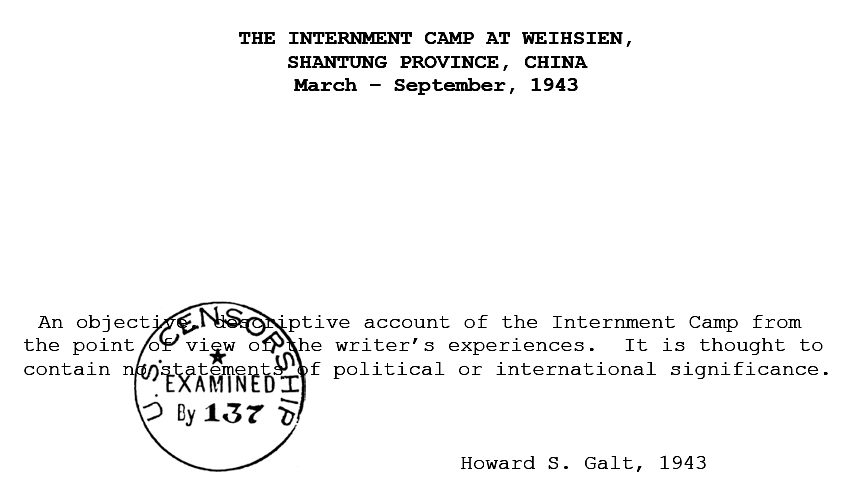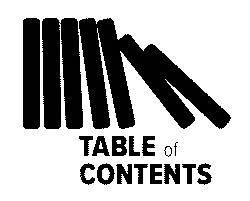
- by Howard S. Galt
[Excerpt] ...
[...]
 The normal religious interests of a community of the size of our camp would present important aspects, but, as the camp had so many professional religionists in its personnel, religious activities had more than usual importance.
The normal religious interests of a community of the size of our camp would present important aspects, but, as the camp had so many professional religionists in its personnel, religious activities had more than usual importance.
Among the Catholic, Anglican, and Free Church groups there was enough cooperation to make common use of the church and arrange in a harmonious schedule the services of worship for Sundays and other days. The church building then became a very busy place during all the hours of Sunday.
The Catholics began with two or three early services of Holy Mass, followed about 11:00 by the Protestant Anglican morning service of worship. In the afternoon the Free Church people of many denominations joined in a union church service.
The presence of so many Catholic priests and nuns and six bishops in a camp made possible their full ritualistic services of worship including Pontifical Mass, as well as the special services for Palm Sunday and Easter.
With carpenter work by priests and decorative work by nuns a very beautiful and impressive altar was arranged. All other necessary requisites, altar furnishing, etc., had evidently been brought to the camp. The antiphonal singing by companies of well trained priests, and the polyphonic singing when nuns also took part, were features of interest to both Catholics and non-Catholics.
The Anglican or Episcopal members of the camp were not numerous, but all their formal services, with altar furnishings, bishop’s robes, and fixed ritual less elaborate than the Catholics, were held regularly. Early morning communion, because of conflicting hours and fewer attendants, was usually held elsewhere than in the church.
Missionaries and laymen belonging to the free churches constituted a large group and because of varying practices in the different denominations, and more democratic procedures, presented more complications in organization. A representative but temporary committee was appointed which made plans for services of worship and other activities and chose the necessary leaders.
After several weeks the temporary arrangements, without much change, were made permanent and the united organization developed its many activities under the name “Weihsien Christian Fellowship.” The organization under this name, rather than under the title “Union Church” was adapted after much earnest discussion. The somewhat broader and less formal organization under the name “Fellowship” made it possible for the Anglican group to cooperate in many of the activities.
There was hope that some of the more liberal-minded Catholics might participate also, but although unorganized and social relationships were very friendly and harmonious, this hope was not realized.
However, there were some small discussion groups, interested in religious and theological themes, in which both Catholics and Protestants participated.
[further reading] ...
http://www.weihsien-paintings.org/DonMenzi/ScrapBook/1943-Galt_Weihsien-1.pdf
#








